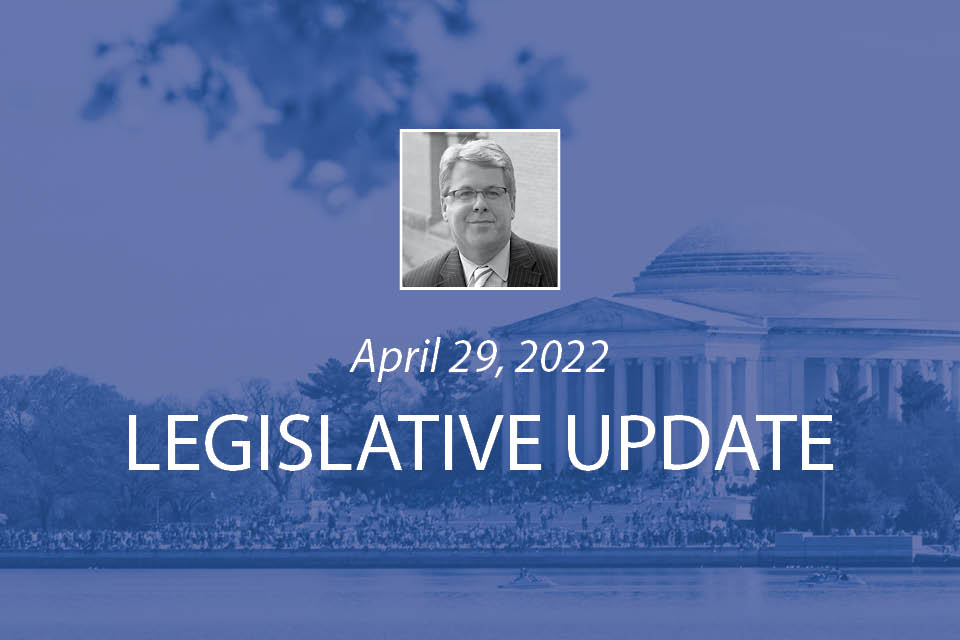Sustainable Building Tax Credit
This week, ABMA participated in meetings with staff from the House Ways & Means and Senate Finance Committees to explore the concept of a new tax credit that would incentivize low carbon building material construction in residential and commercial applications. Rep. Bruce Westerman (R-AR-04) has legislation pending known as the Trillion Trees Act that, among many other things, authorizes a “Low Carbon Building and Residence Credit.” The tax credit, which maxes out at 25 percent of a building’s purchase price, would be based on a carbon score to be developed by the Department of Energy. The score would consider all life cycle stages—both upstream and downstream—and include resource extraction and processing, product manufacturing, on-site construction of assemblies, all related transportation, maintenance and replacement cycles, and several other factors.
In addition to ABMA, participants in the meetings were representatives of soft and hardwood manufacturing trade associations as well as composite panel and wood pallet trade groups. Action on this credit or something similar to it is unlikely this year, but may find traction in the next Congress. These meetings with key committee staff are intended to socialize the concept of building materials serving as a climate change/greenhouse gas mitigation approach.
Forestry Focused Earth Day Action
On Earth Day, President Joe Biden announced an executive order (EO) directing federal government agencies to take new actions to protect old-growth forests. The EO directs the U.S. Forest Service and the Bureau of Land Management to conduct an inventory of the nation’s mature forests and develop new policies to protect them within the next year. The inventory likely will focus on the 26 percent of Forest Service lands that are designated suitable for timber harvest. The EO will additionally provide direction aimed to restore U.S. forests damaged by wildfire and address major problems facing tree-planting efforts in the West, such as lack of seeds and seedlings.
Concerns expressed by several groups are focused on the meaning of “mature” when referring to trees to be preserved. Depending upon how that term is defined could result in considerable swaths of our nation’s forests being excluded from active forest management.
Under the EO, the Forest Service has a year to interpret the meaning of the order and conduct surveys of our federal forest land holdings. Staff at the Forest Service headquarters building in Washington committed to keeping stakeholders apprised of developments as implementation actions for this EO are developed.




